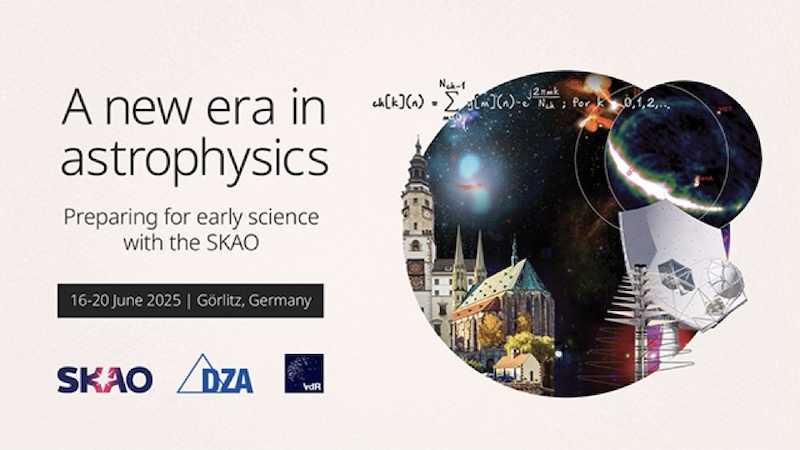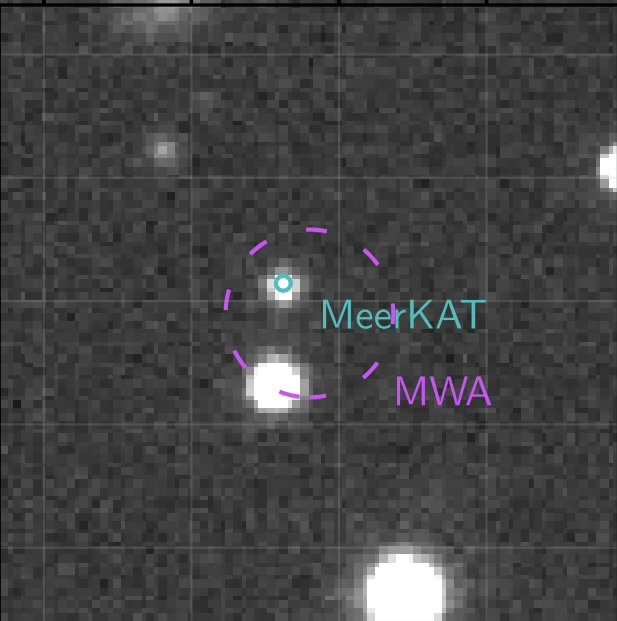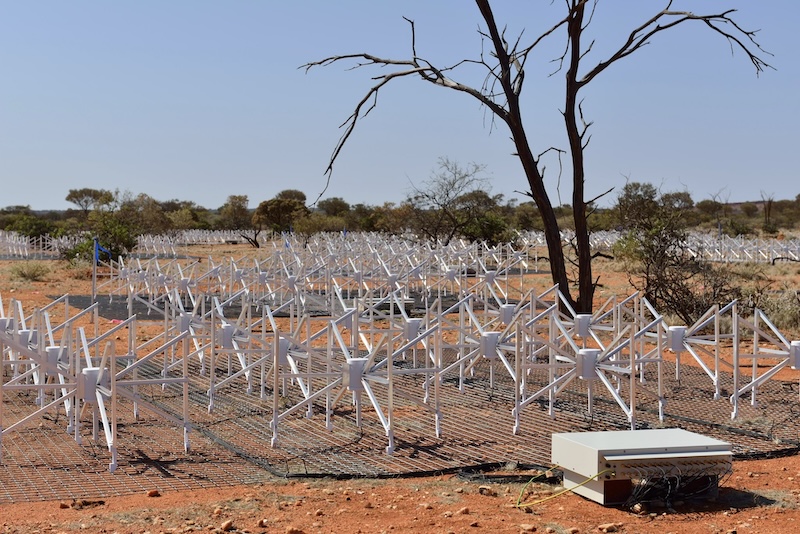Jan 23, 2025 | All, Science, SKAO
23/01/2025 - A new era in astrophysics: Preparing for early science with the SKAO
Görlitz, Germany, 16-20 June, 2025
Abstract deadline: February 7, 2025
Registration is now open, early reduced-rate registration closes March 31.
More information and registration:
https://www.skao.int/en/science-users/skao-science-meeting-2025
Taking place just two years before the SKA telescopes will be tested on the first community-chosen targets, the meeting will bring together scientists from across the globe to discuss and collaborate on the cutting-edge science opportunities that the SKAO will provide in its early years of operations. Online participation will be supported for the whole week for those unable to attend in person.
Full details about the meeting are available at the #SKAOsci2025 website. #SKAOsci2025.

Jan 23, 2025 | All, Science, SKAO
Note that the SKAO White Book early draft deadline has been adjusted, and instead there is a general deadline for chapter submissions of September 2025,whereupon a peer review process will commence.
Chapters will have a maximum length of 8 pages. More info, latex templates, etc, available here: https://www.skao.int/en/science-users/557/advancing-astrophysics-ii

Jan 23, 2025 | All, Science
22/01/2025 - A radio transient with the longest period yet seen, 2.9 hrs, was discovered by a team including Nanda Rea of ICE-CSIC and published in December 2024.
The team found the transient in low-frequency archival data from the SKAO precursor Murchison Widefield Array (MWA). Such long-period radio transients are a fairly new area of research and it is challenging to determine how the signals are generated. In this case, the team managed to find the probable source for the energy bursts, using another SKA precursor, MeerKAT, and optical SOAR observatory, and determine that the optical counterpart is a cool M3 dwarf star. This means that the signal is not due to a magnetar, but more likely is generated in a dwarf binary system scenario.
Read more:
ICE-CSIC press release
ICRAR press release
Paper: Hurley-Walker et al., 2025

Using 2 SKAO precursors, the team could trace the 2.9 hr long-period transient radio source to a specific object and measure its counterpart in optical to find an M3 dwarf star. Image credit: Hurley-Walker at al, 2024..

The team found the radio signal in archival data from the Murchison Widefield Array radio telescope, an SKAO precursor. Image credit: ICRAR/Curtin.





